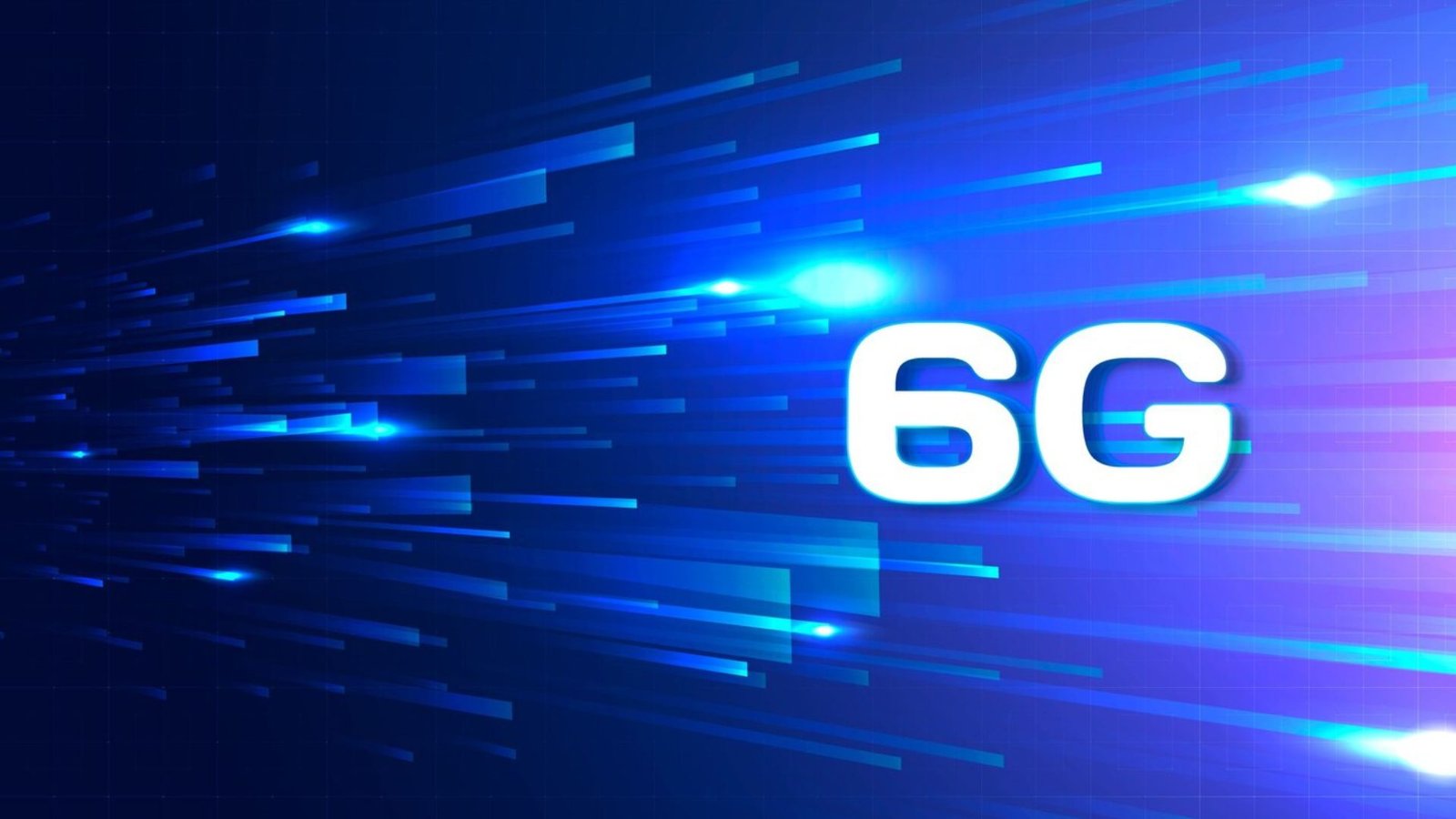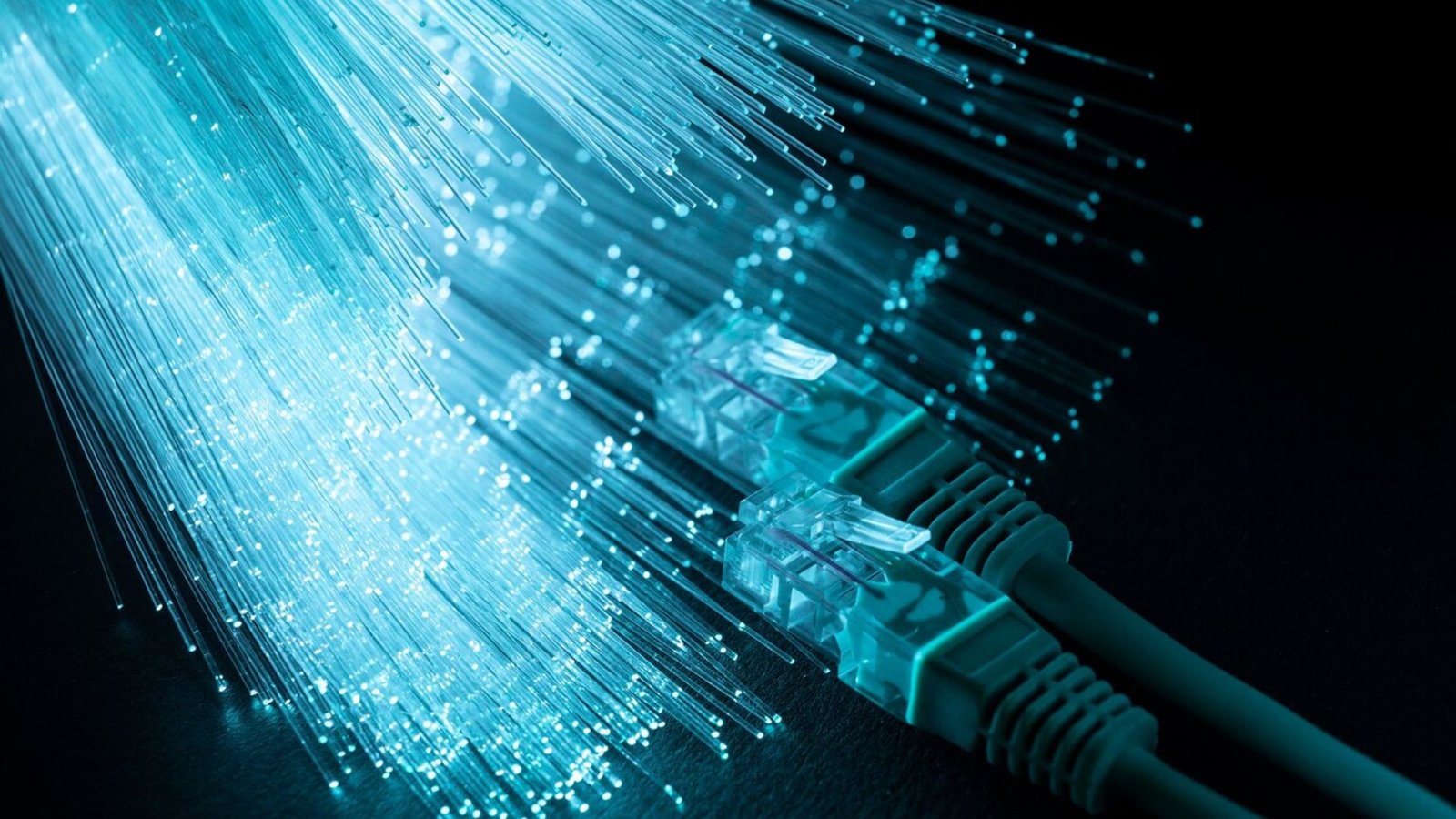
|
Getting your Trinity Audio player ready...
|
In the dynamic landscape of the digital age, internet speed stands as a cornerstone of our hyper-connected world. The rapid evolution of technology has elevated our expectations, demanding seamless and swift connectivity for a myriad of tasks. With each passing year, advancements in internet speed not only redefine the realms of possibility but also reshape the way we live, work, and interact.
Internet Speed: Evolution of Connectivity
The journey from dial-up internet to fibre-optic broadband marks an evolutionary odyssey fueled by an unwavering need for speed. This relentless pursuit has ushered in the eras of 3G, 4G, and the current frontier—5G networks. Each generation not only brings incremental improvements but orchestrates a transformative leap, revolutionizing the capabilities of our digital infrastructure.

Impact on Streaming and Entertainment
The quest for faster internet manifests significantly in streaming and entertainment. What was once a luxury—high-definition content—has become the norm. Faster internet empowers users to seamlessly stream 4K and 8K videos, delivering cinematic experiences to homes. The buffering wheel, once a symbol of frustration, now fades into obscurity as internet speed becomes the catalyst for uninterrupted streaming. In this fast-paced digital landscape, the foundation of our online experience lies in meticulous website design. As connectivity evolves, web designers harness the newfound speed to create visually stunning and responsive websites. From the days of dial-up to fibre-optic broadband, the journey has not only been about speed but also about transforming how users interact with the digital realm.
The Need for Internet Speed
Beyond the surface, the backbone of this connectivity evolution involves intricate processes like e-mail hosting and domain name registration. The seamless exchange of information, from the early days of email on dial-up to today’s lightning-fast communication, relies on robust hosting services. The evolution of domain name registration reflects not just an address but a digital identity—a key component as the digital landscape transforms. Website hosting plays a pivotal role in this evolution. The journey from basic hosting capabilities to the intricate demands of today’s dynamic websites mirrors the broader connectivity evolution. Modern website hosting ensures not just speed but also security, scalability, and reliability—essential elements as our digital presence becomes increasingly integral to daily life. In the intricate tapestry of this digital evolution, logo design emerges as a symbol of identity.
Revolutionizing Remote Work
The global shift towards remote work, accelerated by the events of recent times, underscores the importance of reliable and high-speed internet. From video conferencing to cloud-based collaboration tools, the ability to work remotely hinges on robust internet infrastructure. Faster speeds not only facilitate smoother virtual meetings but also enhance the efficiency of file uploads, downloads, and real-time collaboration, making remote work a viable and productive option for many.
Gaming in the Fast Lane
For the gaming community, internet speed is synonymous with a competitive edge. Online gaming demands split-second responsiveness, and a laggy connection can be the difference between victory and defeat. The advent of high-speed internet has not only elevated the quality of online gaming but has also paved the way for cloud gaming services. Gamers can now access a library of titles without the need for high-end hardware, relying on the speed of their internet connection to deliver a seamless gaming experience.
Implications for E-Commerce
In the realm of e-commerce, where every click translates into a potential transaction, internet speed is a crucial factor. Faster loading times for websites and smooth, secure transactions contribute to a positive user experience. As online shopping becomes increasingly integral to our lives, a swift and reliable internet connection becomes not just a convenience but a key driver of economic activity.
Challenges and Considerations
While the pursuit of faster internet speed holds immense promise, it is not without its challenges. The digital divide, marked by disparities in internet access and speed between urban and rural areas or developed and developing regions, remains a pertinent issue. Additionally, concerns about privacy, cyber security, and the environmental impact of expanding digital infrastructure necessitate careful consideration in the quest for hyperconnectivity.
Looking Ahead
As we look ahead, the emergence of technologies like satellite internet, advancements in fibre-optic networks, and innovations in data compression techniques promise even greater strides in connectivity. The internet of the future will likely be characterized by not just speed but also inclusivity, accessibility, and sustainability.
Final Thought
In conclusion, internet speed is the backbone of our hyper-connected world, shaping the way we live, work, and interact. The quest for faster connectivity is not merely about speed but about unlocking new possibilities and pushing the boundaries of what is conceivable in the digital age. As we navigate this landscape of hyper-connectivity, the speed at which we can access and transmit information will continue to be a defining factor in the ongoing evolution of our digital experiences.
